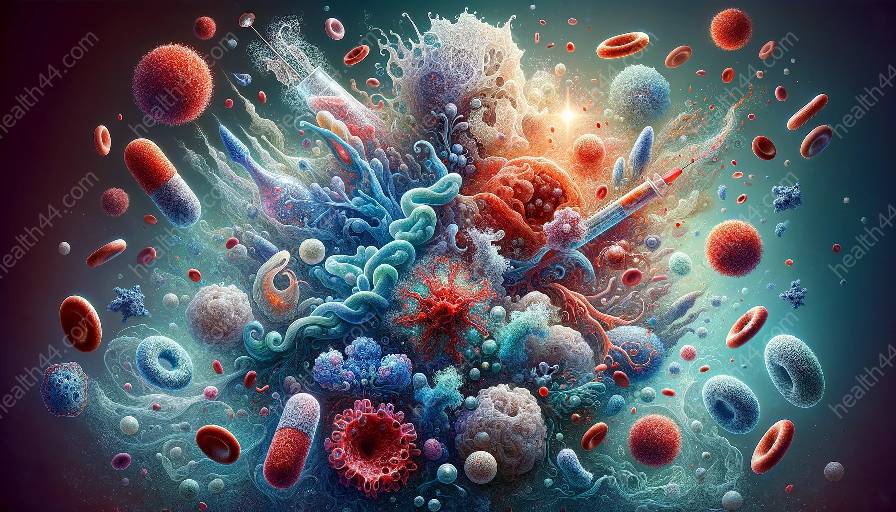When it comes to warding off potential threats to the body, the innate immune system plays a crucial role in recognizing and responding to pathogens. This system serves as the first line of defense, providing immediate protection against a wide array of invaders, ranging from bacteria and viruses to other foreign entities.
Key Components of the Innate Immune System
The innate immune system comprises various components with unique functions, which collectively enable it to recognize and react to pathogens. These components include:
- Physical Barriers: The skin and mucous membranes act as physical barriers, preventing pathogens from entering the body.
- Phagocytes: These specialized cells engulf and destroy pathogens, clearing them from the body.
- Complement System: A group of proteins that work together to identify and eliminate pathogens.
Recognition of Pathogens
Recognition of pathogens by the innate immune system is facilitated through pattern recognition receptors (PRRs), which are found on the surface of immune cells or within their cytoplasm. PRRs are capable of identifying specific molecular patterns that are unique to pathogens, known as pathogen-associated molecular patterns (PAMPs). When PRRs detect PAMPs, they trigger a cascade of immune responses designed to neutralize the threat.
Response to Pathogens
Upon recognizing a pathogen, the innate immune system swiftly initiates a response aimed at eliminating the intruder. This response may involve the secretion of cytokines, which are signaling molecules that mobilize other immune cells to the site of infection. Furthermore, the complement system can be activated to facilitate the destruction of pathogens through processes such as opsonization, where pathogens are marked for destruction by phagocytes.
Adaptive Immune System Interactions
While the innate immune system provides rapid and nonspecific defense against pathogens, its interactions with the adaptive immune system are crucial for mounting a comprehensive and long-lasting immune response. The adaptive immune system, through the generation of specific antibodies and memory cells, builds upon the initial response of the innate immune system to provide targeted and sustained protection against recurrent infections.
Implications for Immunology
Understanding how the innate immune system recognizes and responds to pathogens has profound implications for immunology. Researchers and medical professionals can leverage this knowledge to develop new strategies for combating infectious diseases, creating vaccines, and devising innovative immunotherapies to bolster immune function.
Ultimately, delving into the intricate mechanisms of innate immunity offers a glimpse into the remarkable complexity and ingenuity of the human body's defense systems.


